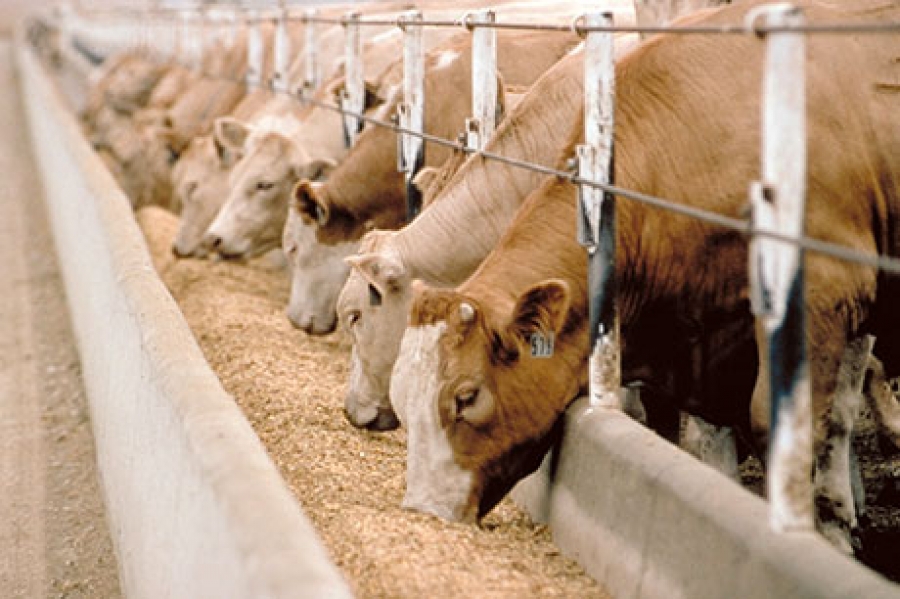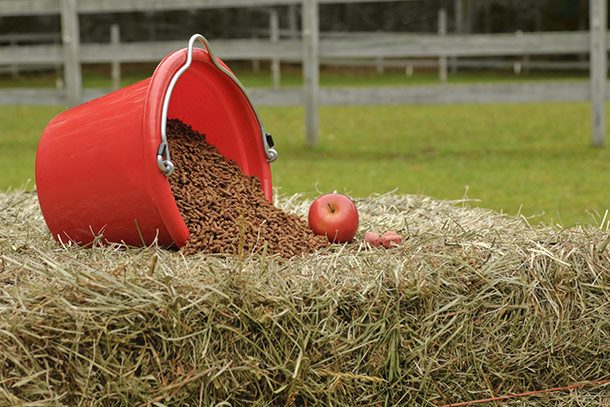The livestock industry is one of the most important and most influential industries on the planet. With thousands of farms and animals in Australia, the ultimate goal for every farmer should be to learn how to best manage production for optimal yields to ensure they get an economic edge and to supply enough product to the population. That being said, livestock nutrition has become one of the most integral parts of the livestock industry. However, every livestock operation has its own unique characteristics, meaning that it also has distinct nutrition requirements.
As you probably know, livestock feed primarily consists of six different food groups, and each and every one of them plays a role in maintaining the proper livestock weight, health and ultimately, product viability. These food groups include proteins, carbs, fats, water, vitamins, and minerals. Contrary to what many people think, there isn’t one food group that’s more important than the other, and many of them opt for protein-rich foods, as they’re the most expensive ones to get, store and distribute.

There are over 900 different agricultural products typically used to create livestock feed, and the most popular ones among them are corn, barley, soybean meal, sorghum, wheat and distiller’s grain. With that said, some of these products include all six food groups, such as corn, while others only include a few, such as hay. Besides ingredient composition, livestock nutrition also varies depending on the animal’s life stage. Younger poultry and bovines require more protein to encourage growth while lactating dairy cows need more optimum fiber.
Besides feed, many farms also use supplements that provide important boosts to the animal’s overall health. Some of the most commonly used supplements include toxin and pellet binders, mold inhibitors, acidifiers, concentrated minerals and vitamins, flavours and direct fed microbials. All of these supplements are usually mixed in with the feed so that animals naturally consume them over the course of a day. Supplements are there to help with different aspects of nutrition, but they’re especially helpful for maintaining optimum health during the winter season and promoting healthy reproduction.

The mixture of the animal feed will vary depending on their overall purpose and the intended consumer. For instance, chicken feed includes more carbs since poultry prefers to consume feed that contains scratch grain. On the other hand, equine herds need more barley and hay to maintain optimal health levels. Simply put, livestock nutrition isn’t one-size-fits-all, so you have to consider the type of stock you keep and the operational goals.